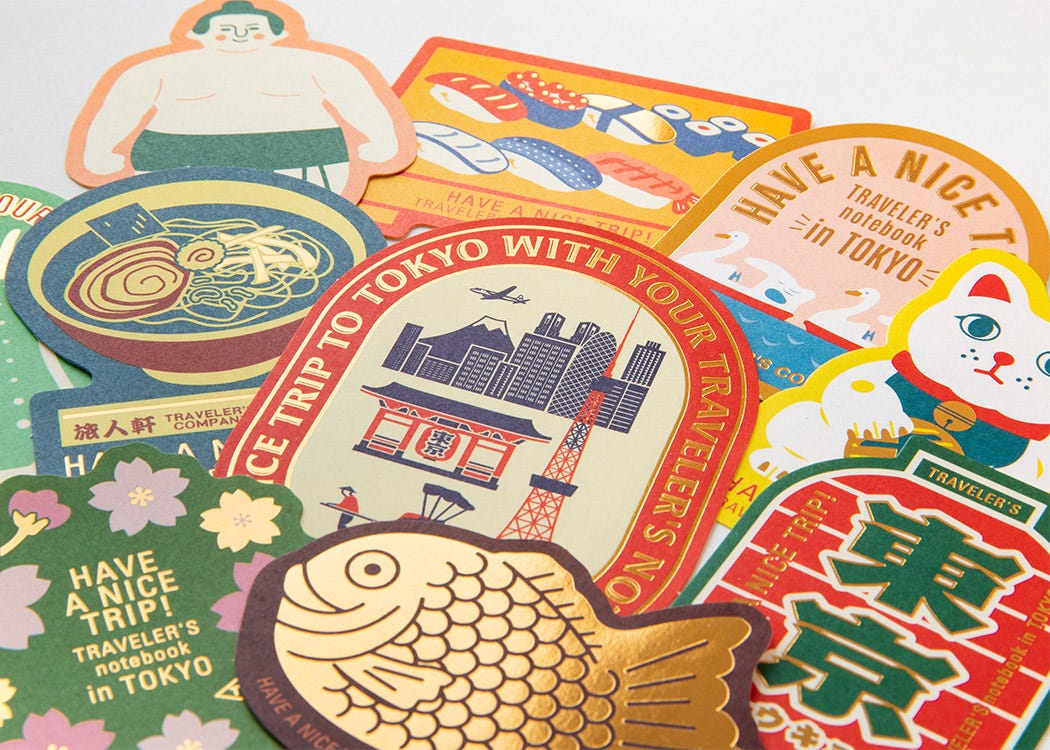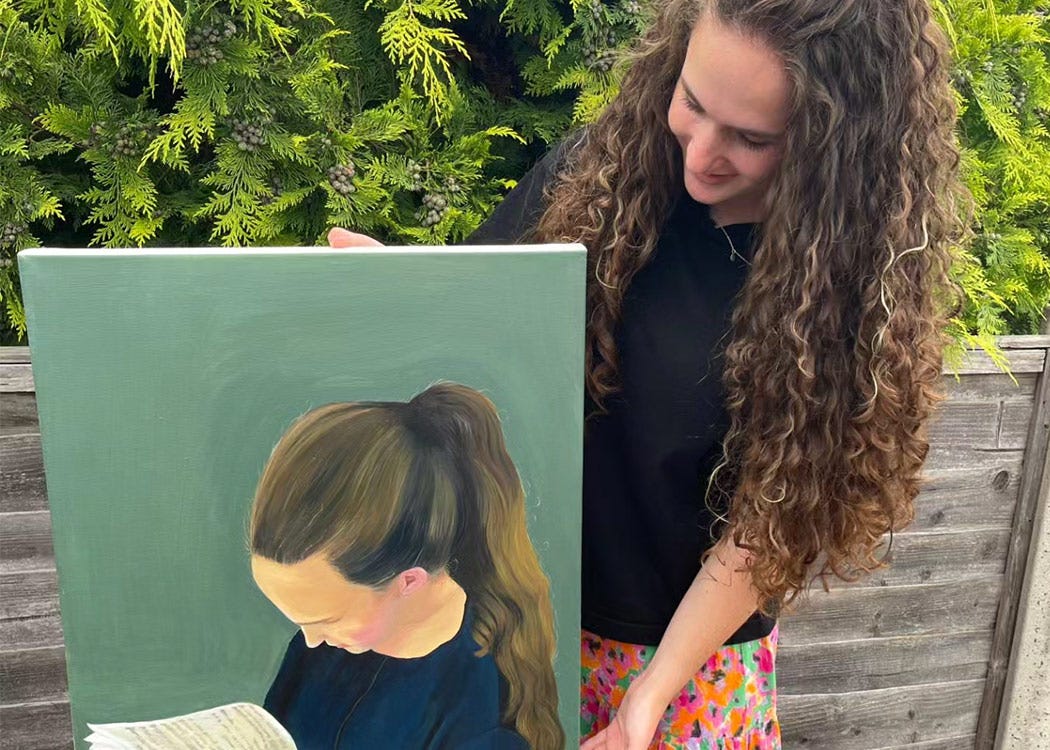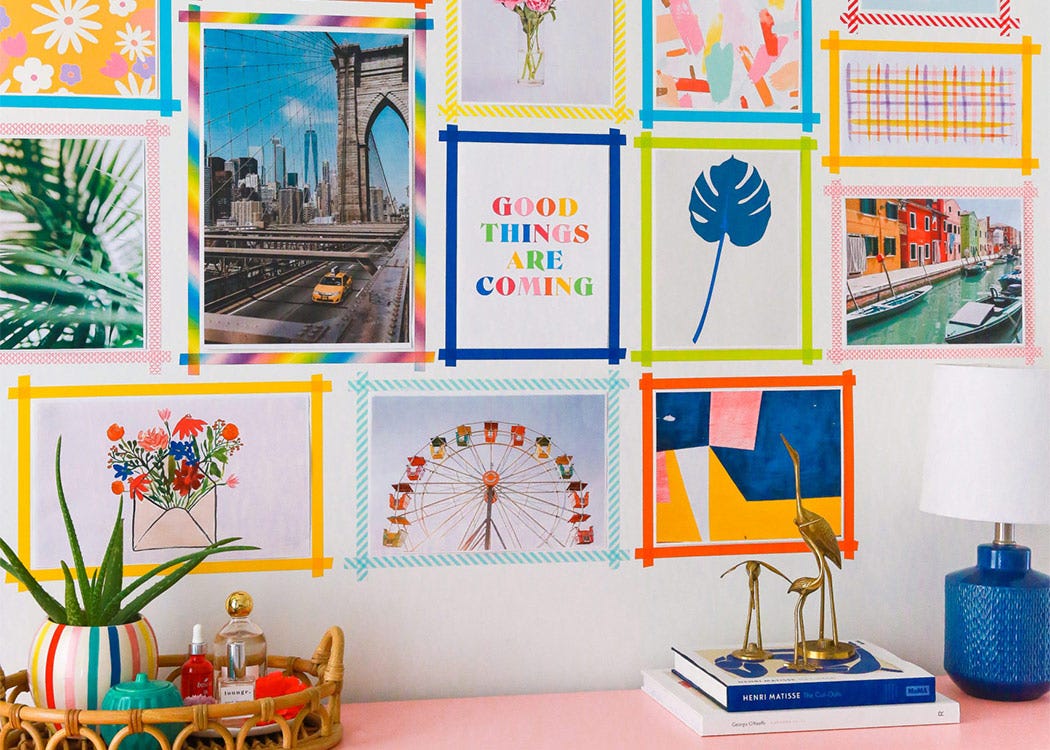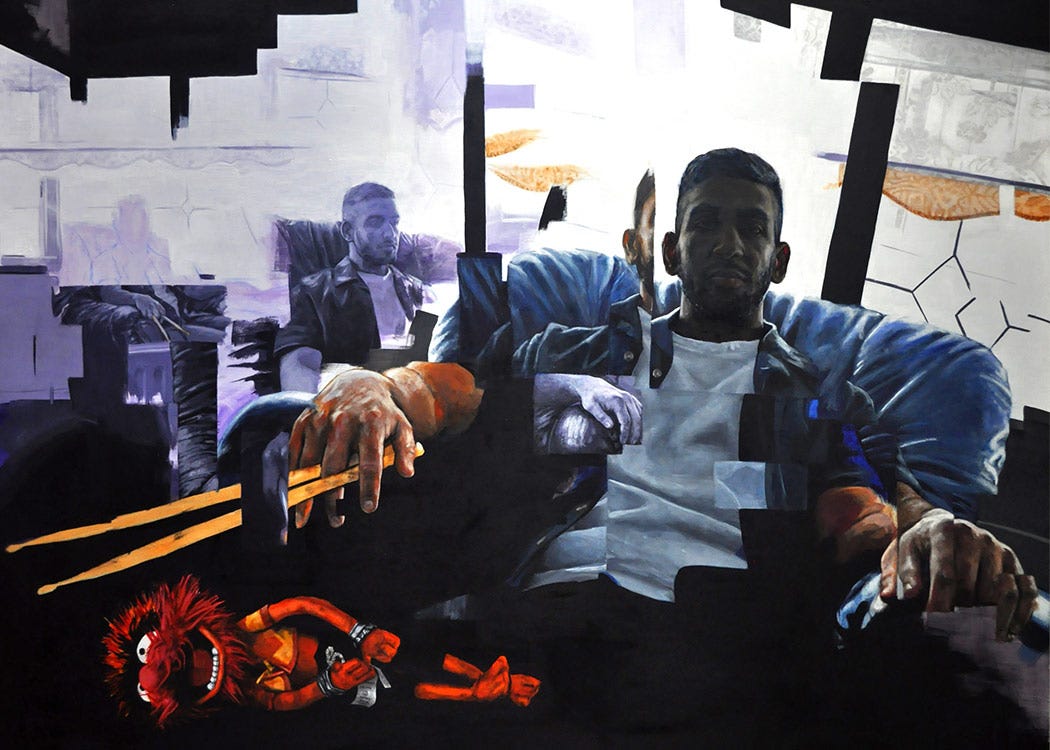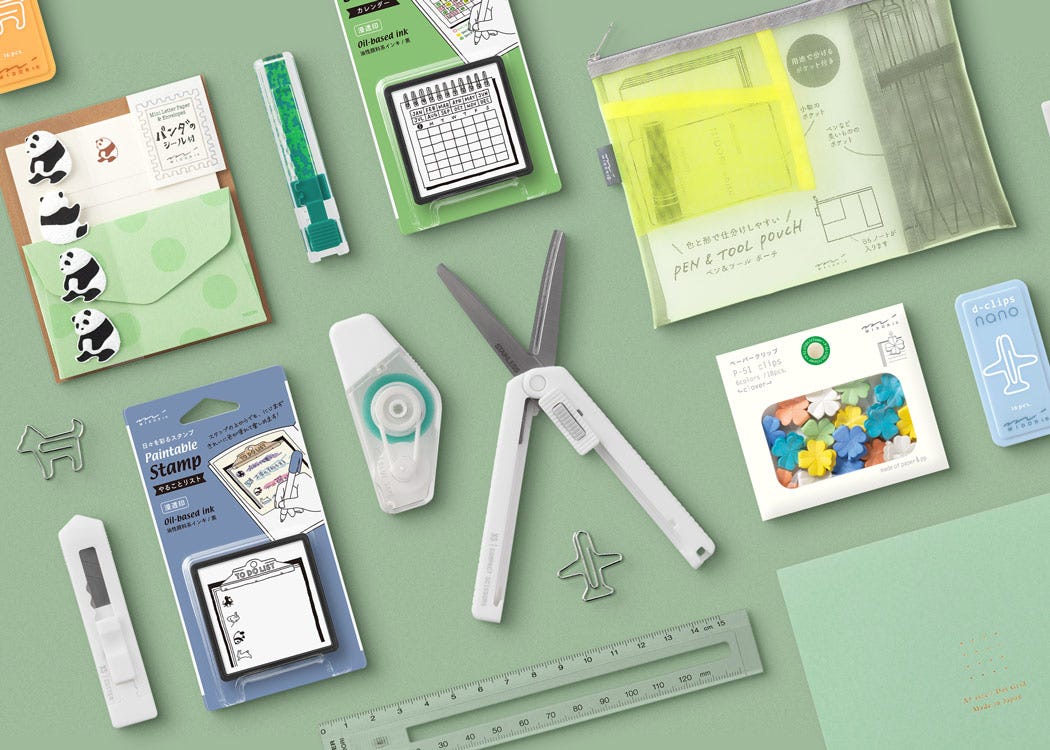Mindfulness Art and Creativity


As we approach World Mental Health Day on October 10th, our institutional partner City Lit has planned their Mental Wealth Festival 2020. In this blog, together, we discuss the connections between Mindfulness and Creativity and how can we go beyond just the word and explore this in practice?
As we approach World Mental Health Day on October 10th, our institutional partner City Lit has planned Mental Wealth Festival 2020, a week of online free events, talks and workshops launching on Monday 5th October in the build-up to WMH day. The courses on offer explore various subjects including drawing, textiles and photography and provide an opportunity to connect creativity and approaches to mindfulness.
But what exactly does mindfulness mean? A word so commonly used and heard of nowadays, with rates of mental health across all ages and genres on the rise. What are these connections between mindfulness and creativity and how can we go beyond just the word and explore this in practice?
To help explain we asked Clare Baton-Harvey, full-time artist, freelance trainer/mentor and tutor at City Lit. Clare has been practising mindfulness meditation for over 26 years and has been teaching drawing and mindfulness courses and workshops for over 16 years. Clare trained with Breathworks to become a mindfulness teacher following training in 2006-7 and has since devised numerous workshops, courses and retreats exploring the relationship of drawing, mindfulness, creativity, painting and the imagination, in both secular and Buddhist contexts.
What is mindfulness in terms of practice?
CBH: Mindfulness practice involves us becoming more aware of our experience in the present moment. The presence of the mind can stimulate new ways of thinking, feeling, seeing and being as well as inner calm and resourcefulness.
‘What we frequently call mindfulness practices involves purposefully making a time for stopping all outward activity and cultivating stillness, with no agenda other than being fully present in each moment. Not doing anything. Perhaps such moments of non-doing are the greatest gift one can give oneself’
- Jon Kabat Zinn
In mindfulness practice, anything can serve as a focus for the practice. We can become mindful/aware of our body, how we feel (both physically and emotionally), our thoughts, other people and the world around us, as well as our relationship to these things.
Where do you start with mindfulness practice and what are some of the activities that you can engage in?
CBH: There are many ways of practising mindfulness and it is an activity that everyone can do. Some common mindfulness practices include seated mindfulness meditation, mindful drawing, slow looking at nature or art, mindful walking or eating… It’s not a matter of whether you are any good at it or not, it’s about discovering which mindfulness practices work best for you. Numerous studies report that embedding short pauses into one’s day for the mind to rest and come into presence, significantly lowers brain stressors, resulting in more resourcefulness, creative thinking, and perspective.
Where do art and creative mindfulness practice come together?
CBH: Engaging mindfulness with art can be very enriching. There is a natural resonance between these two disciplines, in that art-making naturally brings us into the present moment by virtue of it requiring a particular quality of attention in order to create. Incorporating mindfulness skills into artmaking can help you to become more present and connected to the process of making. This sense of connection and presence can bring many benefits including more aliveness in your drawings/artwork, increased enjoyment, creative flow and greater objectivity when it comes to reviewing what you’ve created and the next steps. It can also help to bring perspective and resourcefulness when faced with the vicissitudes of creative practice, it can, for example, help free you from the judging mind as well as help you to reconnect to joy and a sense of purpose.
So does it always lead to a physical outcome?
CBH: No, a lot of the time it can be about those moments where you stop, pause, look and listen to both yourself and those around you. ‘Guided Mindful Looking’ or ‘Slow Looking’ at art can help us to see and appreciate individual artworks more fully. In this practice, we not only spend time looking and seeing the artwork afresh but also listen to our responses and learn to trust them so that we can discover our own relationship to the artwork and any meaning or significance it may hold for us as well as contemplate the artists' intentions, life circumstances and historical context, which can give us a doorway into new ways of seeing as well as a sense of connection and empathy for another person’s experience.
So, can mindfulness in practice lead to a better and happier life?
CBH: There are so many routes in which one can explore to lead a happier life, it ultimately lies with you as an individual. Another aspect of mindfulness is kindness. Kindness is not ‘niceness, it’s about having an open, curious, respectful and appreciative relationship with ourselves, others and our environment. Mindful resilience training involves learning to cultivate these qualities and attitudes.
Neuroscience has proven that we can rewire our brain, that we can create new habits that support our life and growth. These new habits can become instinctual. This has radical implications for our life in that we can consciously learn to think and feel differently. Having practised mindfulness for over 26 years, I have experienced some unhelpful habits and thought patterns dropping away. I thought that they were ‘me’, but they weren’t. I’m thinking of one regular thought pattern in particular right now, that hasn’t happened for about 7 years!
Clare along with other tutors and mindfulness/well-being mentors will be delivering a variety of mindfulness and art taster sessions to try out as part of City Lit’s Mental Wealth Festival. The focus of all these will be on stimulating calm, clarity, creativity and resilience. Please take the opportunity to join us and explore these themes and yourself. Visit City Lit Mental Wealth Festival website for more information on all the workshops and events available.
Lightfast
Written by Jess Pritchard


Full width image


Left image text here


Right image text here
Intro text header
Remember to share your Mindfulness artworks, tagging @londongraphiccentre








